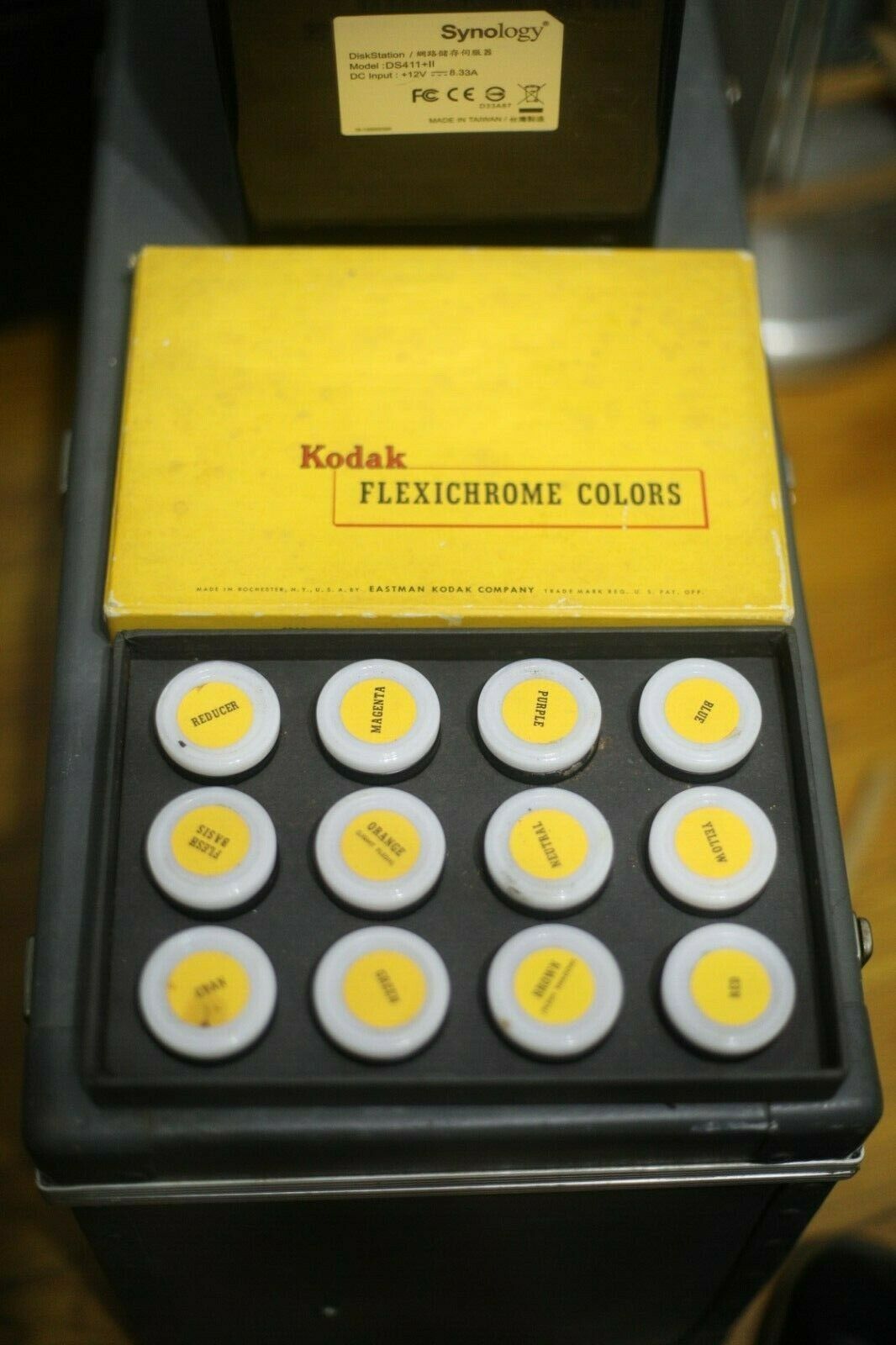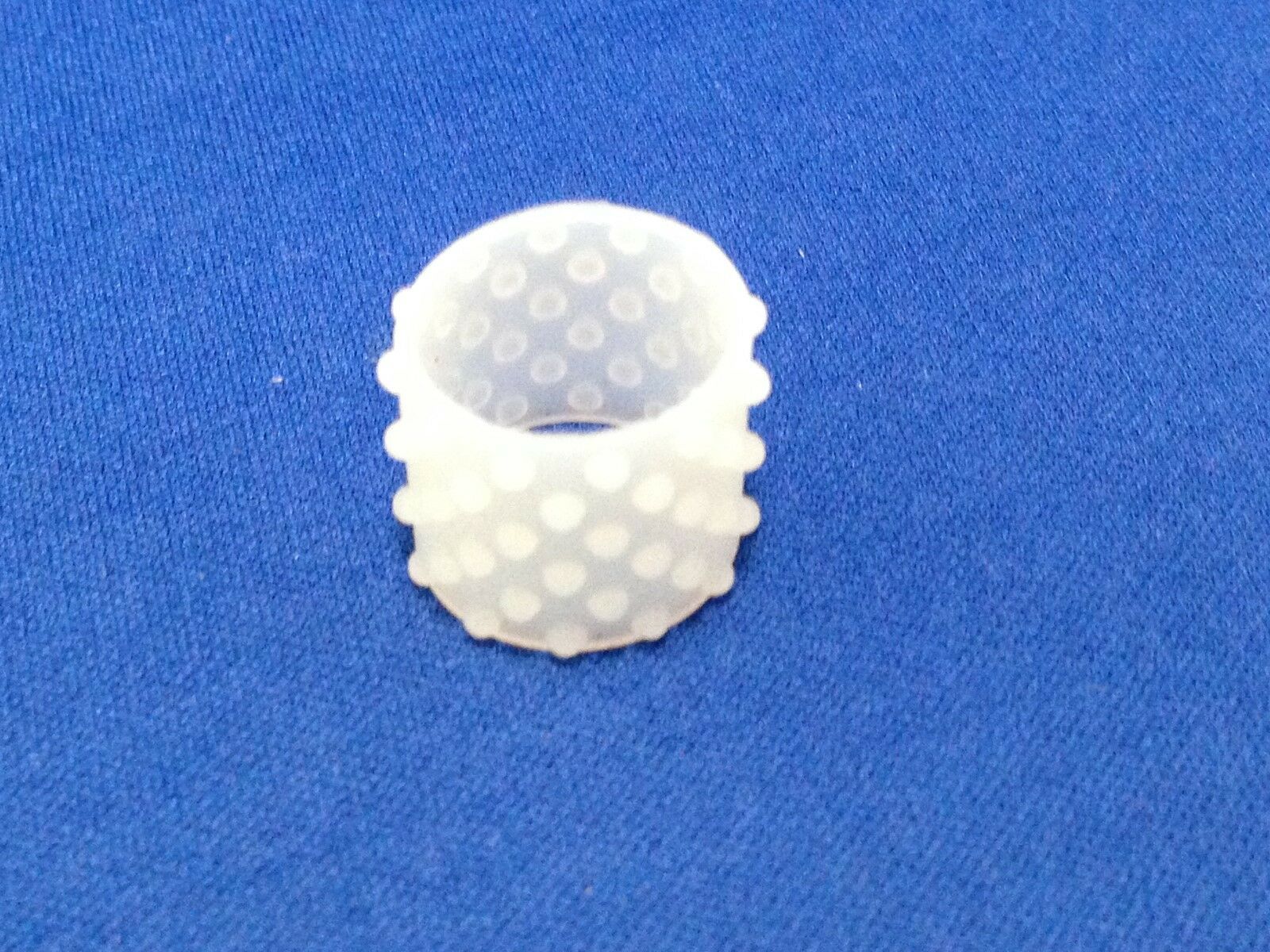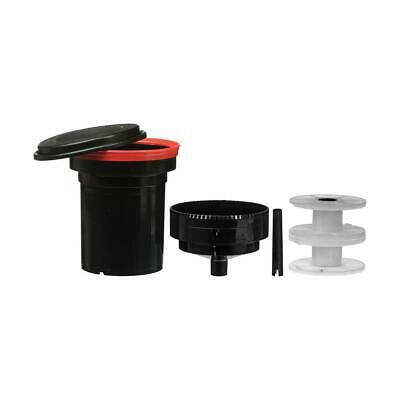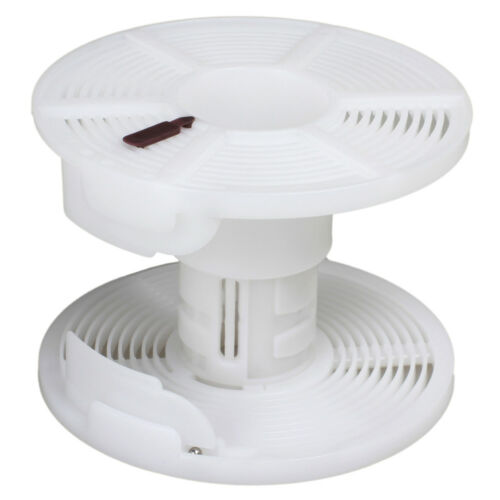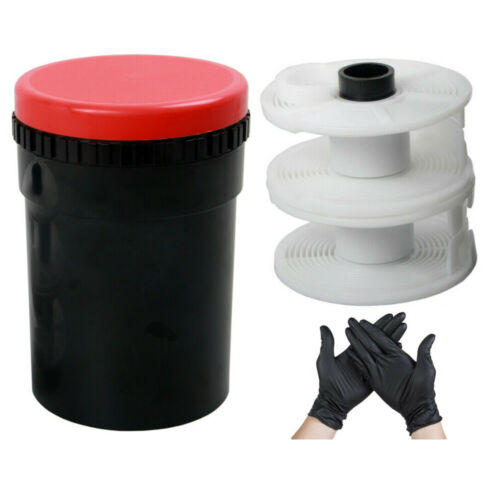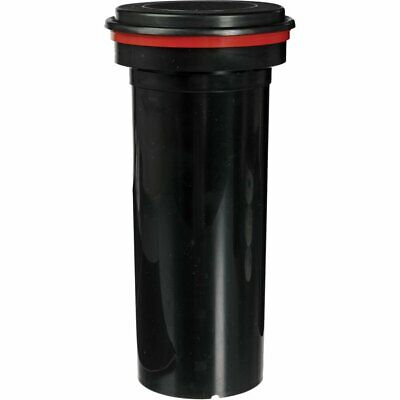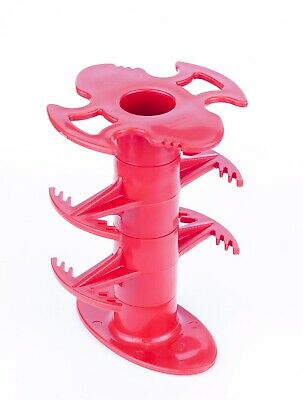-40%
Kodak flexicolor retouching set Antique unheard of 95% new condition
$ 104.01
- Description
- Size Guide
Description
Antique new set of picture retouching and colorization pigments, 12 glass tubs with pigments for hand retouching. The set is basically unused and most colors are unopened. This item predated bar-codes, and was used before Photographers widely used Color for portraits.Try your hand at Flexichrome photograph printing to understand the skill needed for such fine art work.
I have never seen a set like this for sale on eBay.
This may be the only set in the world left that is unused.
This is something that should only attract the real intense Film aficionados!
No low ball offers please if you know what this is you know what it is worth.
This belongs in a display case next to a Hasselblatt a Gold plated Rollei or a Leica II
Crawford Flexichrome is a dye imbibition process introduced in the 1940s initially by the Crawford Flexichrome Company then by the Defender Company from 1940-1942. Kodak bought the patent and reintroduced Flexichrome with improvements to the process in 1949 and marketed it until 1961.
Flexichrome starts either with a negative image on panchromatic film or with a color transparency which is printed onto panchromatic film. The negative is then printed by enlargement onto Kodak Flexichrome Stripping Film through the base of the film. The film is developed in a tanning developer in which the exposed silver halides are reduced to silver image particles and the gelatin surrounding the silver particles hardens in proportion to the amount of silver present. The film is washed in hot water washing away the unhardened, soluble gelatin resulting in a silver image in a gelatin relief. The silver is then bleached and removed in bleaching and fixing baths leaving just a clear gelatin relief image. The film is immersed in a black dye bath called Modeling Agent and the dye is absorbed into the gelatin relief. The film is stripped from its support and transferred to a permanent support consisting of gelatin coated paper or plastic. The image is then colored using Kodak Flexichrome Colors, which are hand applied with a brush. The colors are absorbed into the gelatin in proportion to the thickness of the gelatin relief. The process was marketed primarily to advertising agencies and commercial studios. Kodak emphasized the flexibility of color choice and ease of application.
Discounted from 0
